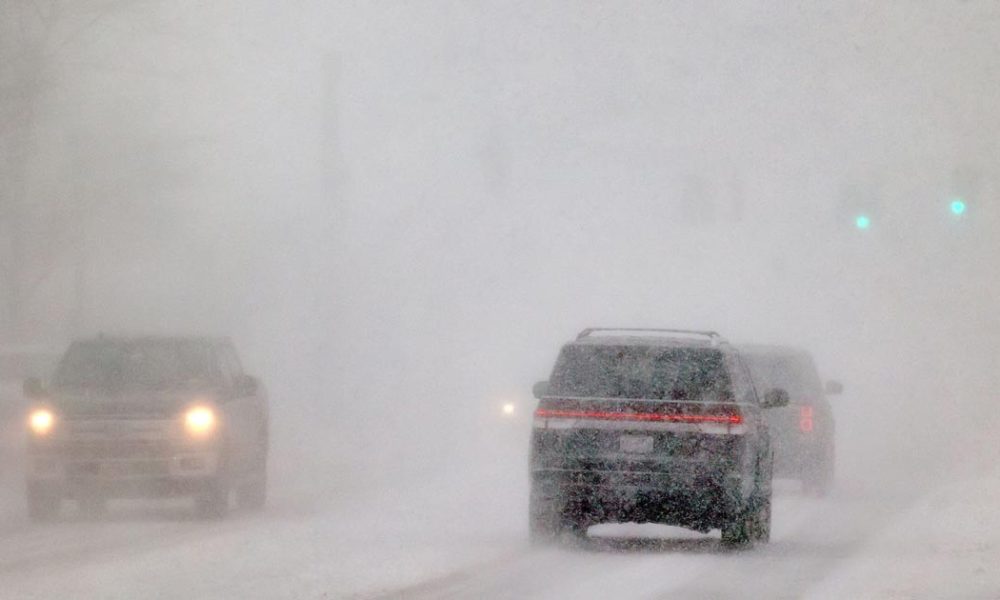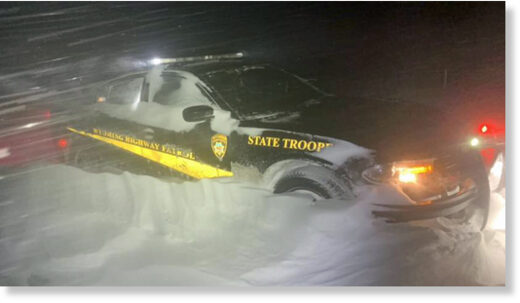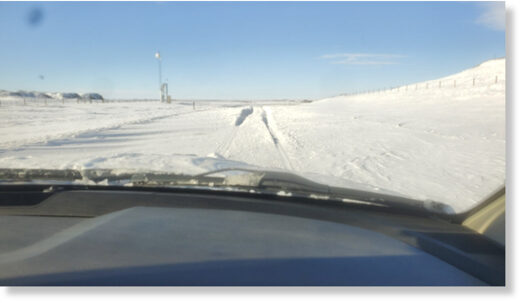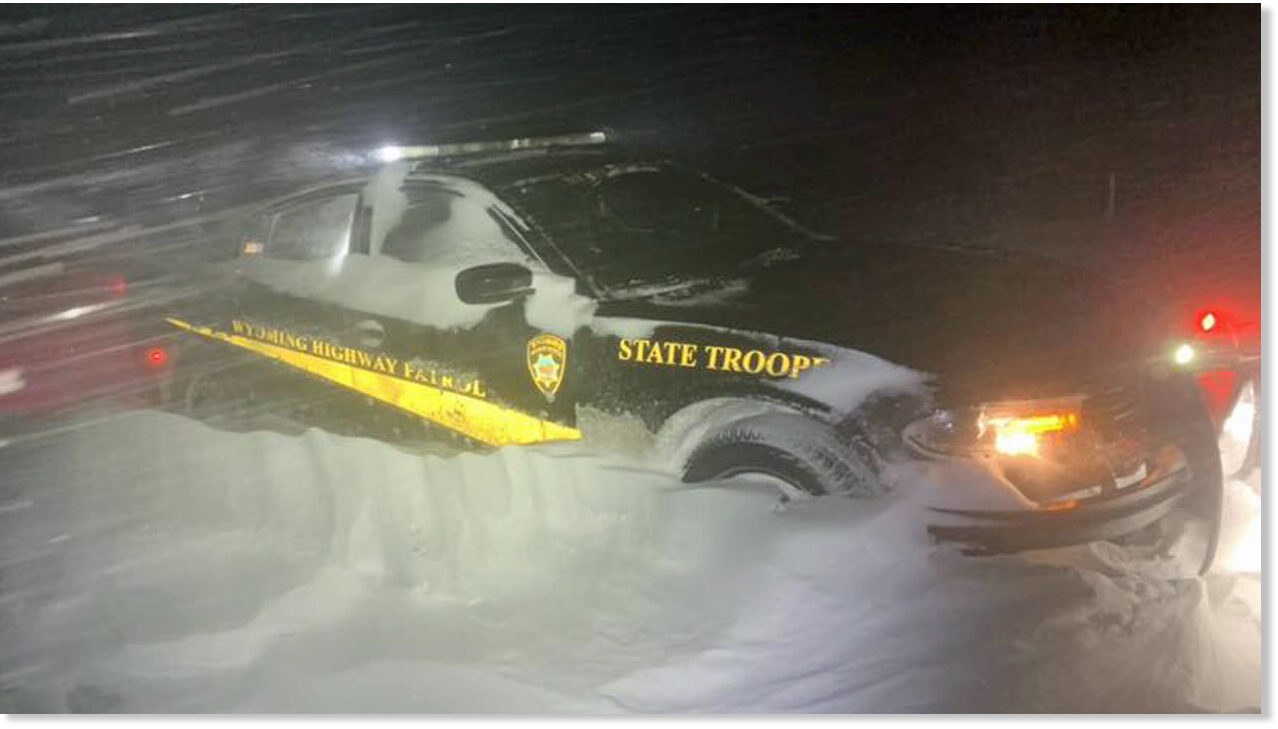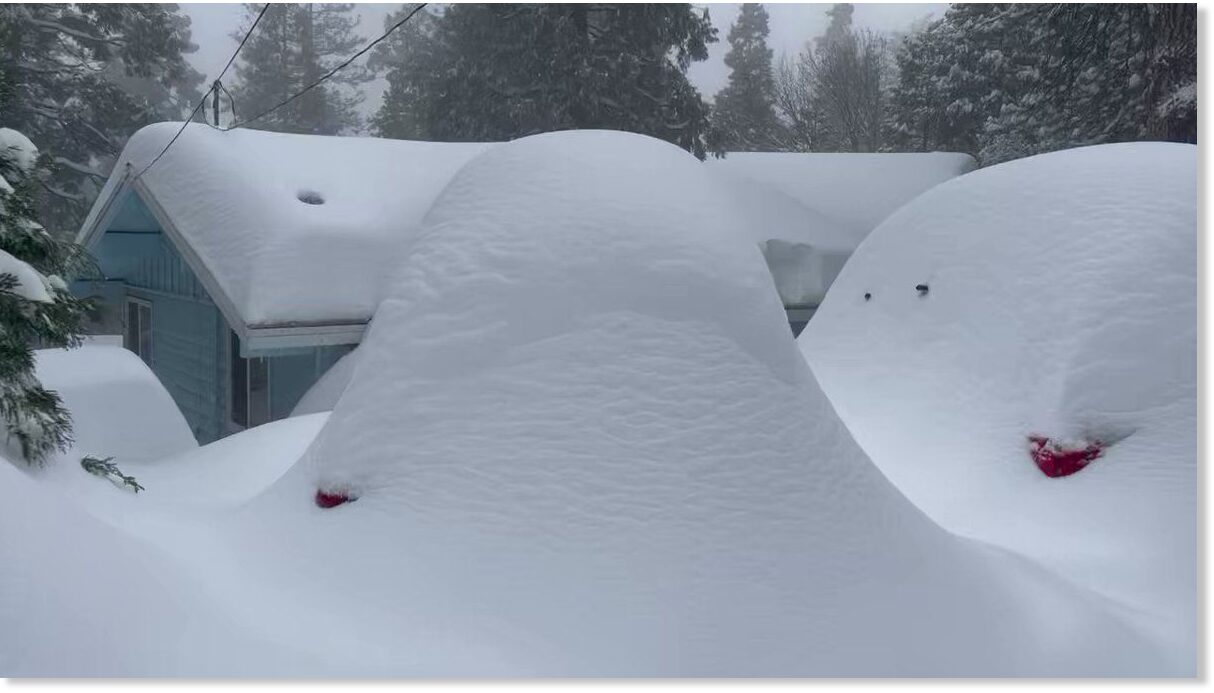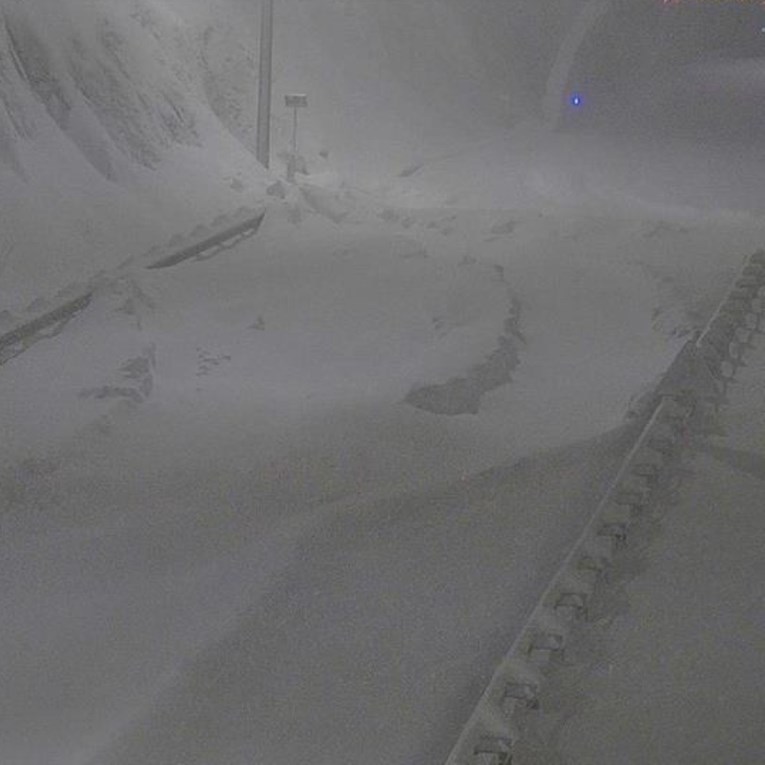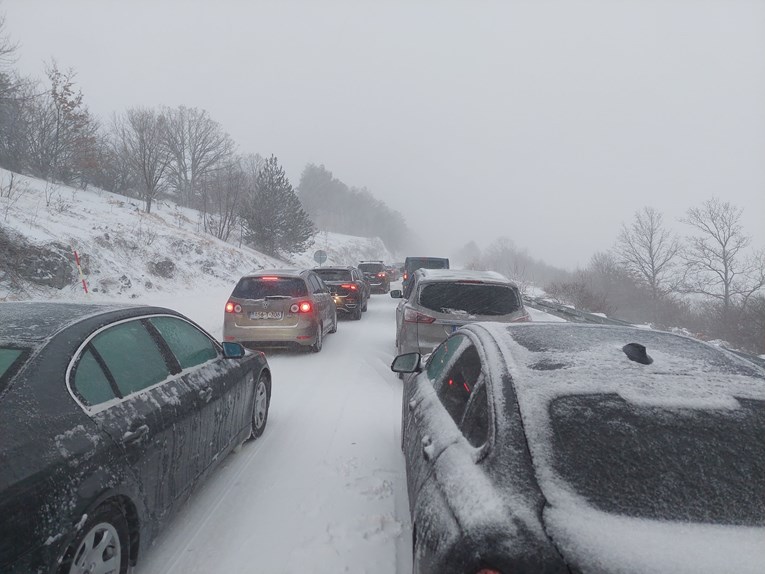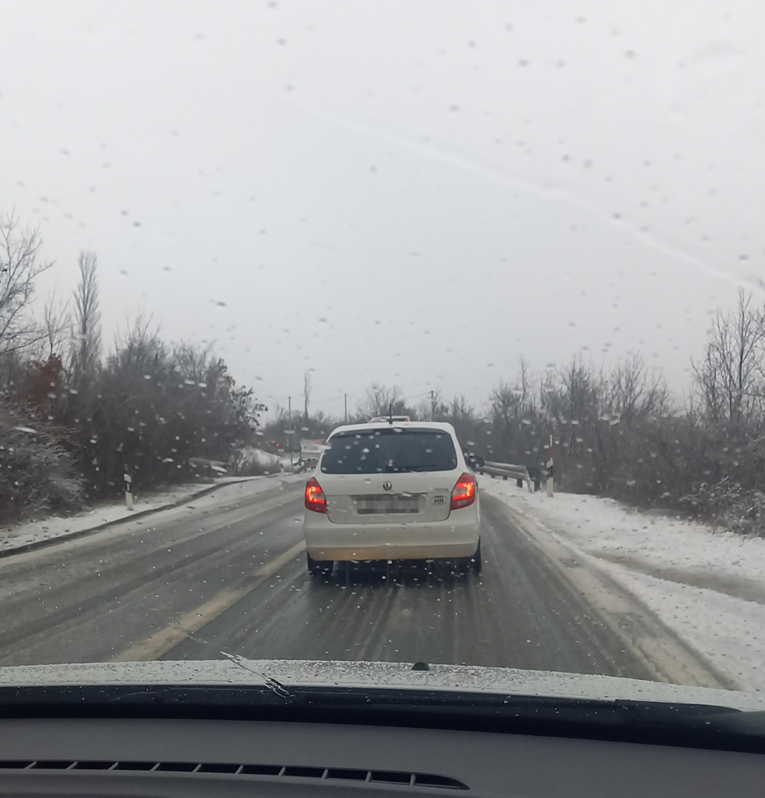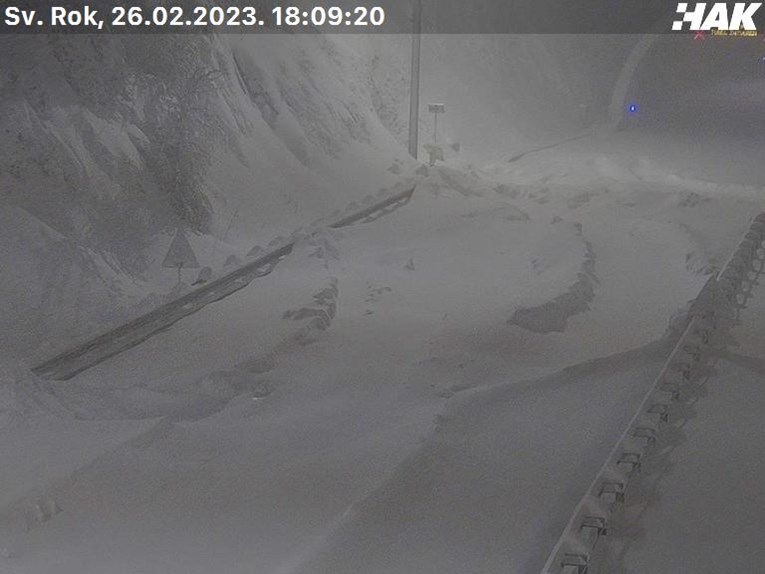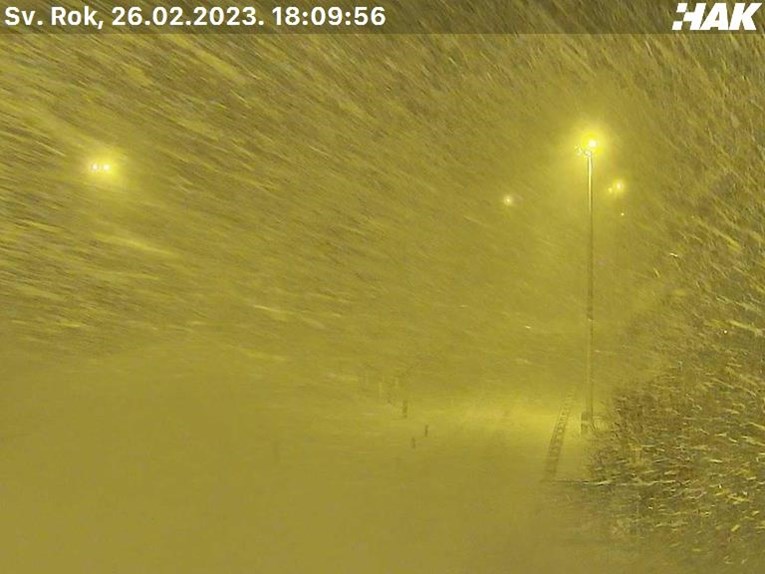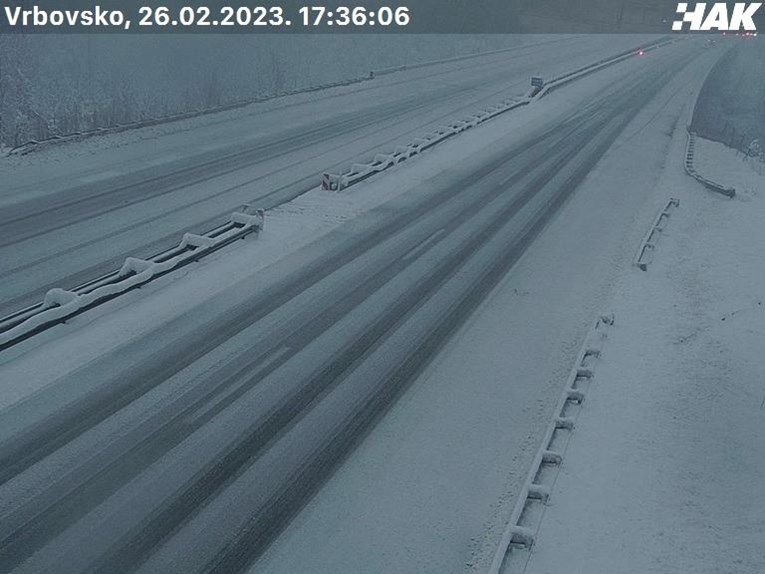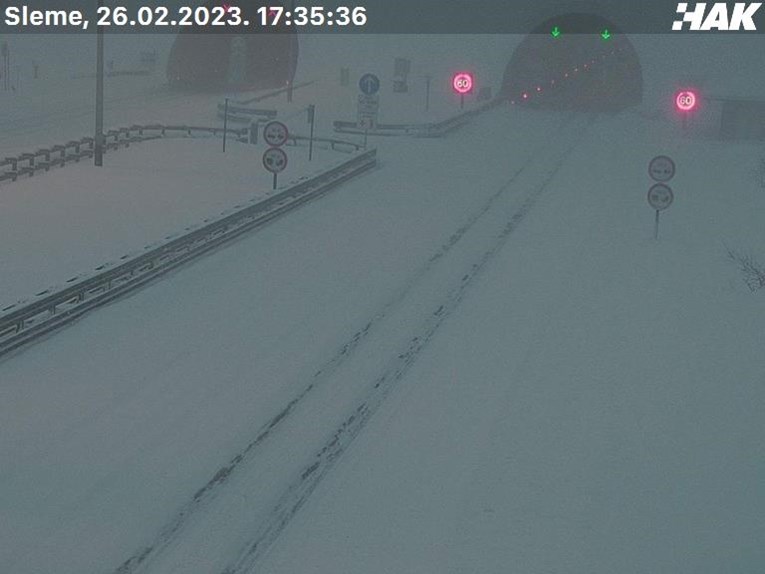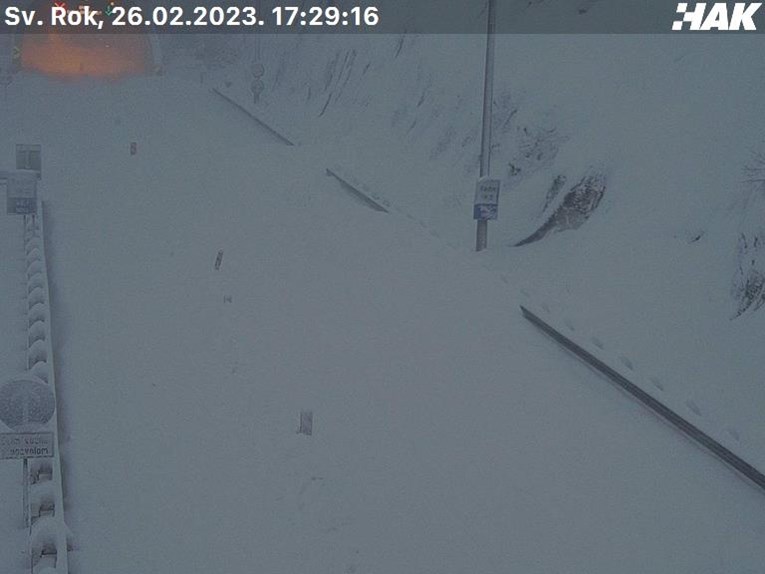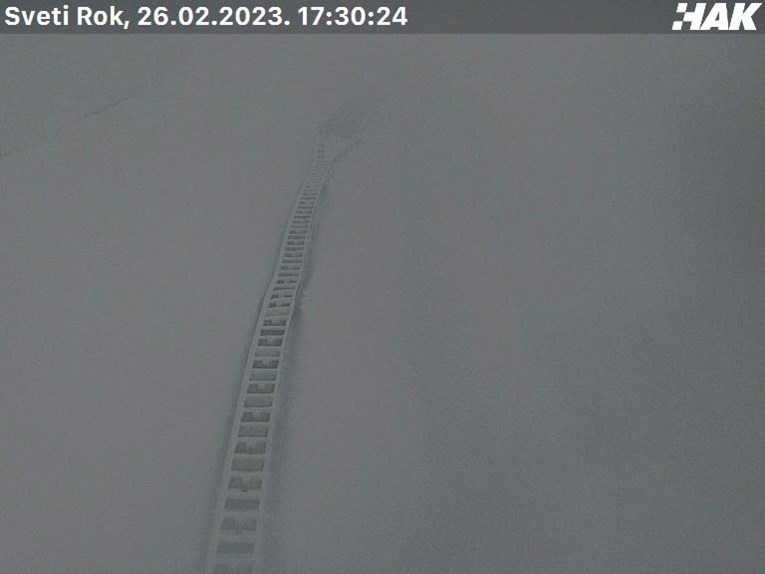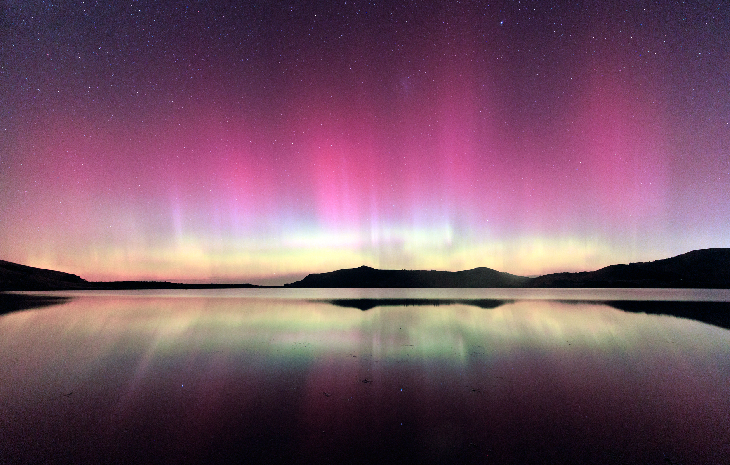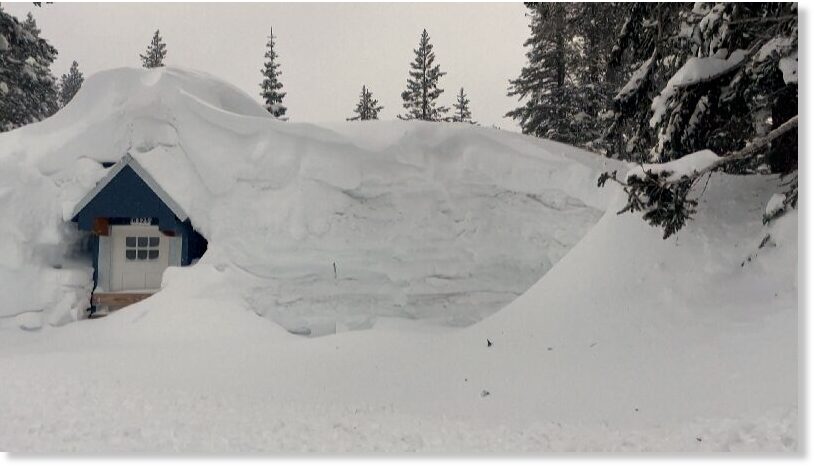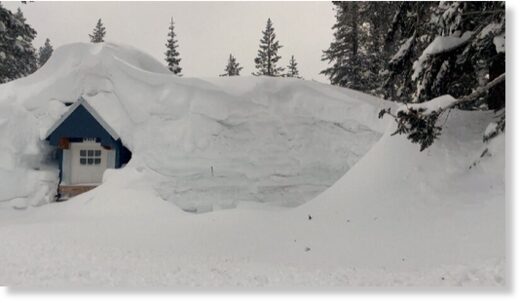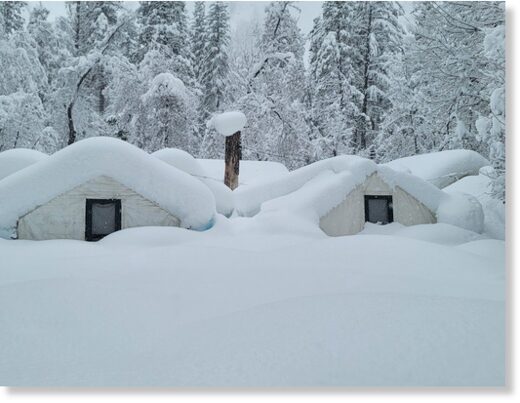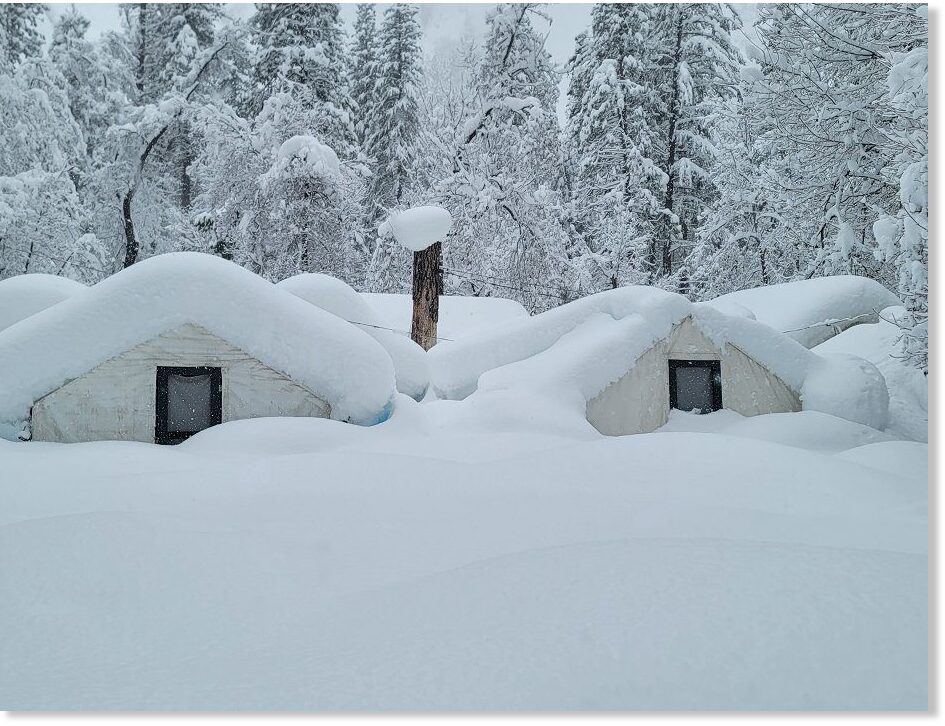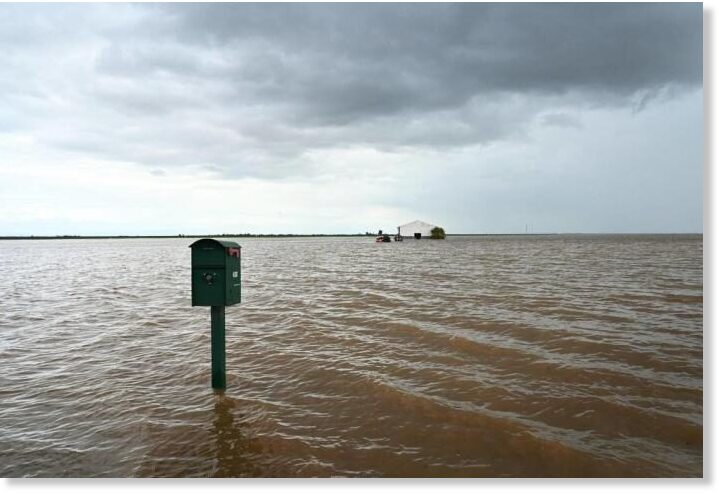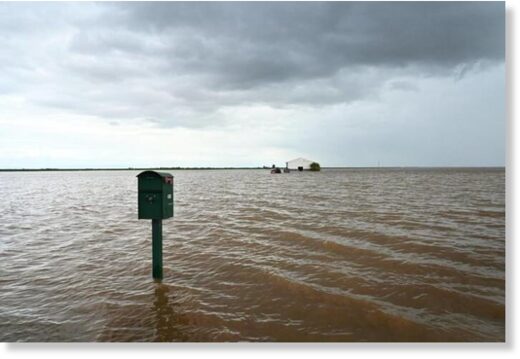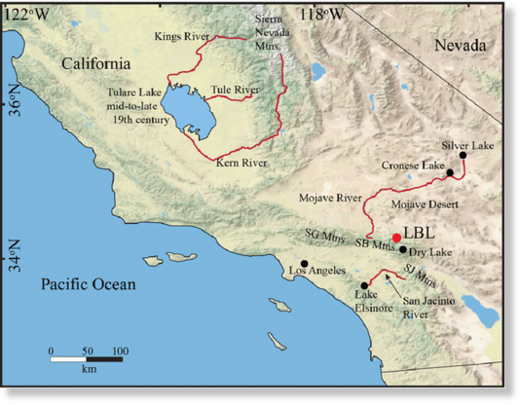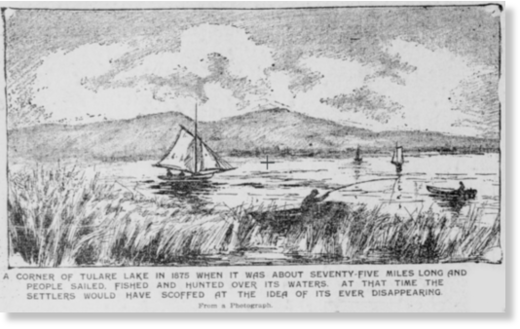Whilst I do believe that the next (mini) Ice Age cometh, it seems to me that the Earth is sending chaotic, mixed messages to us. There are spots where a glacier or the snowline is retreating, (such as evidenced by the discovery of ancient hunting weapons in the above documentary), but there are other places where record-breaking, early snowfall indicates the opposite; plenty of examples of which appear in SOTT's Earth Changes column.
So, I guess we'll just have to wait and see, as the Cs often tell us.
The brief article below discusses 'swings between extremes' as the norm during a Grand Solar Minimum. There's a NASA map of the Maunder Minimum temperatures showing that certain parts in the North actually showed an overall increase in warming, over Alaska, South of Greenland, and Iceland. So there's a historical precedent for these kinda mixed messages.

Grand Solar Minimum And The Swings Between Extremes - Electroverse
Earth’s climate is cyclic, never linear -- and history repeats.
Research shows “blocking” persistence increases when solar activity is low, causing weather patterns to become locked in place at high and intermediate latitudes for prolonged periods of time.
During a Solar Minimum, the jet stream’s usual Zonal Flow (a west–east direction) reverts to more of a Meridional Flow (a north-south direction).
This is exaggerated further during a Grand Solar Minimum (GSM) –such as the one we’re likely entering now– and explains why regions become unseasonably hot or cold and others unusually dry or rainy with the extremes often then flipping a dime.
Zonal flow (left) vs Meridional flow (right) — see link below for more:
Mikhaël Schwander, et al, 2017 — “The zonal flow characteristic of westerly types is reduced under low solar activity as the continental flow for easterly and northerly types is enhanced. This is also confirmed by the higher blocking frequency over Scandinavia under low solar activity.”
Schwander’s paper, “Influence of solar variability on the occurrence of central European weather types from 1763 to 2009”, goes further:
“The 247-year-long analysis of the 11-year solar cycle impact on late winter European weather patterns suggests a reduction in the occurrence of westerly flow types linked to a reduced mean zonal flow under low solar activity. Based on this observational evidence, we estimate the probability to have cold conditions in winter over Europe to be higher under low solar activity than under high activity.”
The Sun appears to be slipping into its next Grand Solar Minimum cycle–a multidecadal spell of reduced solar output where the solar disc can be devoid of sunspots for months or even years at a time.
The impact on Earth’s climate will be one of violent swings between extremes: Intense bursts of heat will linger in one area, while a teeth-chattering chill will dominate nearby — and then the regions will “switch”. It’s this unpredictable chopping and changing that will hasten the failure of our modern food production systems; crops will fail, on a large scale, and famine will quickly ensue.
Overall, Earth’s temperature trends colder during a GSM as the Sun’s output sinks lower and lower (increasing cloud nucleation, being one factor); however, not ALL regions experience the chill. As with the previous GSM (the Maunder Minimum 1645-1715), areas such as the Arctic, Alaska, and southern Greenland/the North Atlantic actually warm during bouts of otherwise “global” cooling.
NASA reveals the phenomenon in their Maunder Minimum temperature reconstruction map:
Temp change between 1780 (a year of normal solar activity) and 1680 (a year within the depths of the Maunder Minimum) — NASA.
Earth’s climate is cyclic, never linear — and history repeats.
Once again, the Arctic appears to be warming, but in line with the historically low solar activity we’re experiencing and its effect on the jet stream, not due to human prosperity (i.e. Man’s CO2 excretions).


